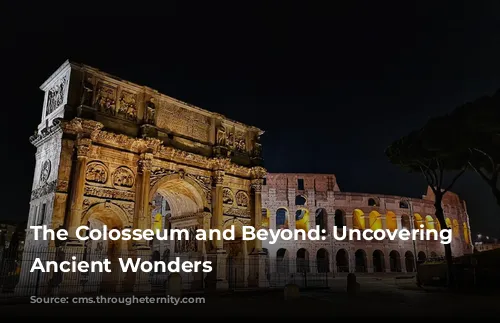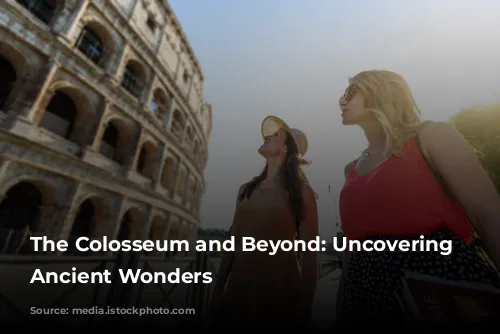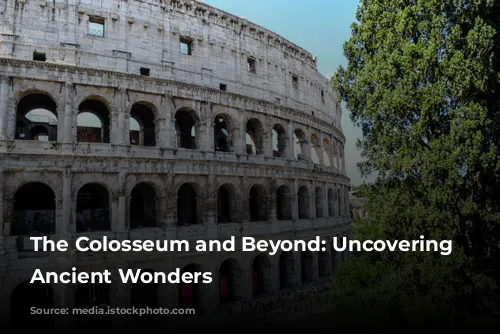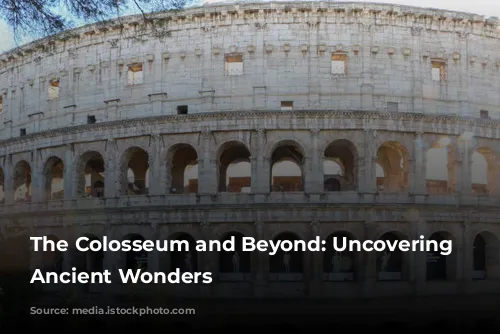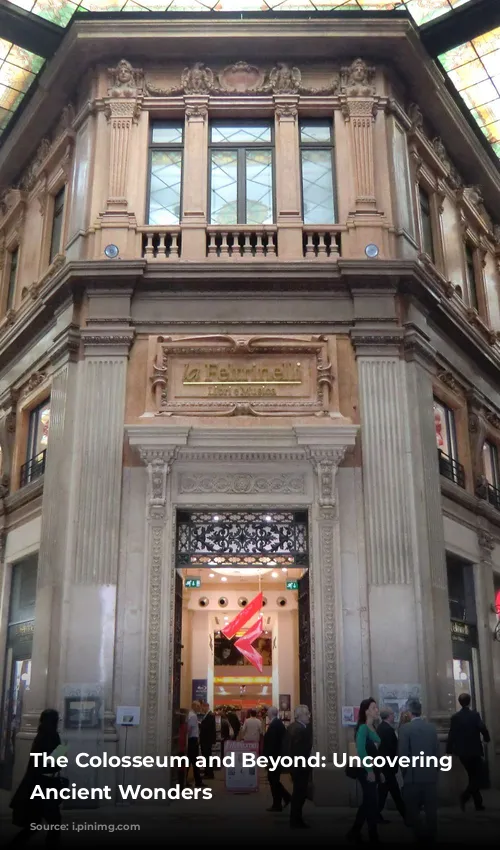Rome, the Eternal City, pulsates with history, and no visit is complete without a journey through time to the mighty Colosseum. This iconic amphitheater, a symbol of Roman power and spectacle, is a must-see attraction. But the wonders don’t end there. The Colosseum’s surroundings are brimming with hidden treasures, offering a deeper dive into the ancient world.
Let’s embark on a journey to explore the captivating sites nestled around this grand monument, uncovering a world of history, art, and hidden gems.
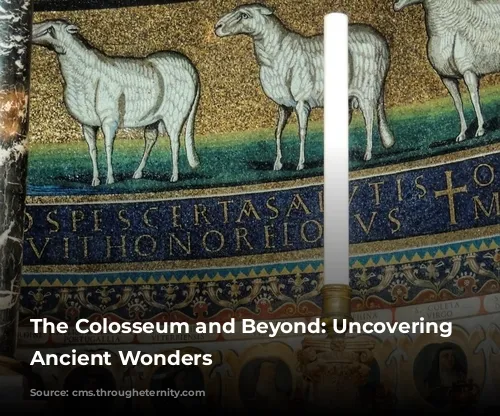
The Shadows of Nero’s Golden House
Just a stone’s throw from the Colosseum lies the Domus Aurea, the Golden House of Nero. This opulent palace, built by the emperor Nero after the Great Fire of Rome, was a testament to extravagant wealth and luxury. Imagine towering ceilings, intricately decorated walls, and a dining hall rotating under the starlit sky – a glimpse into the extravagance of Roman emperors.
However, Nero’s reign was short-lived, and the emperor’s excesses were met with discontent. The palace was buried and forgotten, only to be rediscovered centuries later. Today, you can explore its ruins on a guided tour, uncovering the secrets of Nero’s lavish lifestyle and its connection to the Colosseum, built atop its former artificial lake.
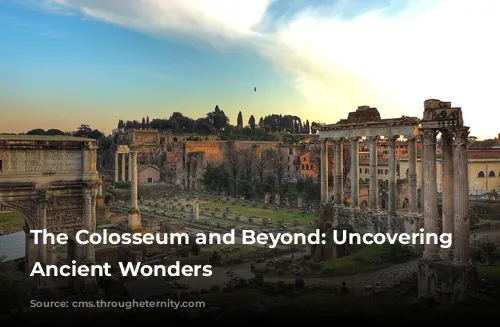
The Heartbeat of Ancient Rome: The Roman Forum
While the Colosseum was a stage for spectacles, the nearby Roman Forum was the beating heart of the ancient empire. This sprawling complex, a bustling hub of activity, housed temples, courthouses, government buildings, shops, and grand public squares.
Today, the Forum stands as a poignant reminder of Rome’s past, a jumble of ruins whispering tales of emperors, senators, and everyday citizens. Explore the Temple of Saturn, the Basilica of Maxentius, and the House of the Vestal Virgins, envisioning Julius Caesar addressing the Senate or Cicero strolling down the Via Sacra, the ancient road that once cut through the center of the Forum.
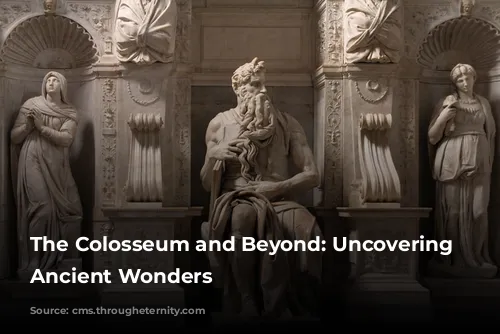
The Palatine Hill: A View of Rome’s Cradle
Often overlooked, the Palatine Hill, overlooking the Forum, holds a special place in Rome’s history. This hill is believed to be the birthplace of the city, where the legendary twins, Romulus and Remus, were raised by a she-wolf.
As Rome flourished, the Palatine became a luxurious enclave for the elite, with grand palaces built by powerful emperors. The ruins of these majestic structures, including the Domus Flavia, the Domus Augustana, and the Palace of Tiberius, offer a glimpse into the opulent lives of ancient Rome’s rulers.
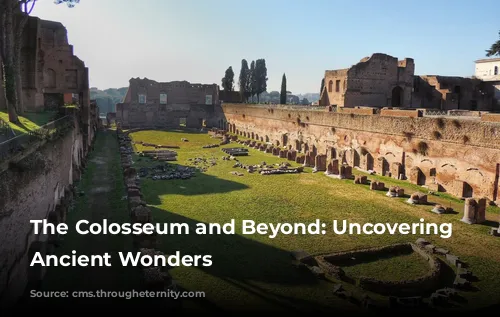
Art and Faith: Santi Cosma and Damian and San Pietro in Vincoli
A short stroll from the Colosseum along Via dei Fori Imperiali leads to the church of Santi Cosma and Damian. This magnificent structure, built in the 6th century, stands as a testament to early Christian faith.
Its highlight is the stunning apse mosaics, vibrant and intricate depictions of biblical scenes, showcasing the artistry of late antiquity.
Continuing our journey, we arrive at San Pietro in Vincoli, home to Michelangelo’s renowned statue of Moses. This powerful sculpture, with its intense expression and seemingly blazing eyes, captures the essence of Michelangelo’s ‘terribilità’, his ability to evoke awe and fear.
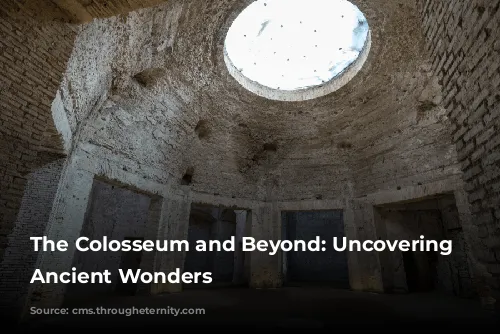
A Tranquil Sanctuary: Santa Francesca Romana
Hidden amidst the ancient ruins of the Forum, the basilica of Santa Francesca Romana offers a serene retreat from the bustling city. This church, built in the 10th century, is steeped in legend and boasts a beautiful interior adorned with relics, mosaics, and sculptures.
Step out of the church’s side door and be rewarded with a captivating view of the Via Sacra and the Arch of Titus, a majestic monument celebrating Roman triumphs.
The Colosseum’s Triumphant Neighbor: The Arch of Constantine
No visit to the Colosseum is complete without acknowledging its majestic neighbor, the Arch of Constantine. This imposing triumphal arch, built to commemorate the emperor’s victory, is a testament to the power of Roman emperors.
Adorned with exquisite bas-reliefs, taken from earlier monuments and repurposed to celebrate Constantine’s victory, the arch stands as a reminder of the grandeur and enduring legacy of the Roman Empire.
Beyond the Colosseum: Discovering the Charm of Monti
After a day of exploration, head to the Monti neighborhood, a short walk from the Colosseum. This once-dilapidated area has transformed into a vibrant hub of charming cafes, delicious restaurants, and lively piazzas.
Piazza Madonna dei Monti is the heart of Monti, a lively gathering place where locals and visitors alike enjoy the traditional Italian ritual of aperitivo, socializing over drinks and snacks as the evening unfolds.
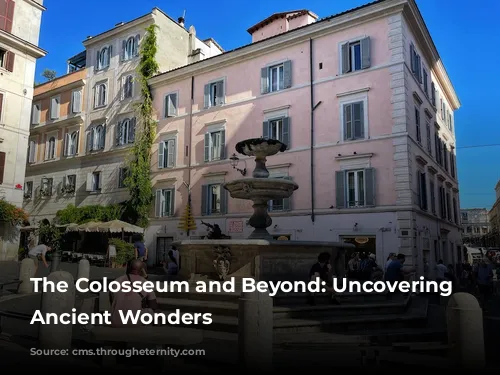
A Journey Through Time: The Colosseum and its Surrounding Wonders
From the grandeur of the Colosseum to the whispers of ancient empires in the Roman Forum and the Palatine Hill, the journey through time continues with the captivating art and faith found in Santi Cosma and Damian, San Pietro in Vincoli, and Santa Francesca Romana.
The arch of Constantine stands as a testament to Roman triumphs, while the charm of Monti invites you to savor the vibrant energy of modern Rome.
The Colosseum and its surroundings are a tapestry of history, art, and captivating stories, waiting to be unveiled. So, embrace the journey, explore the hidden treasures, and discover the magic of the Eternal City.

